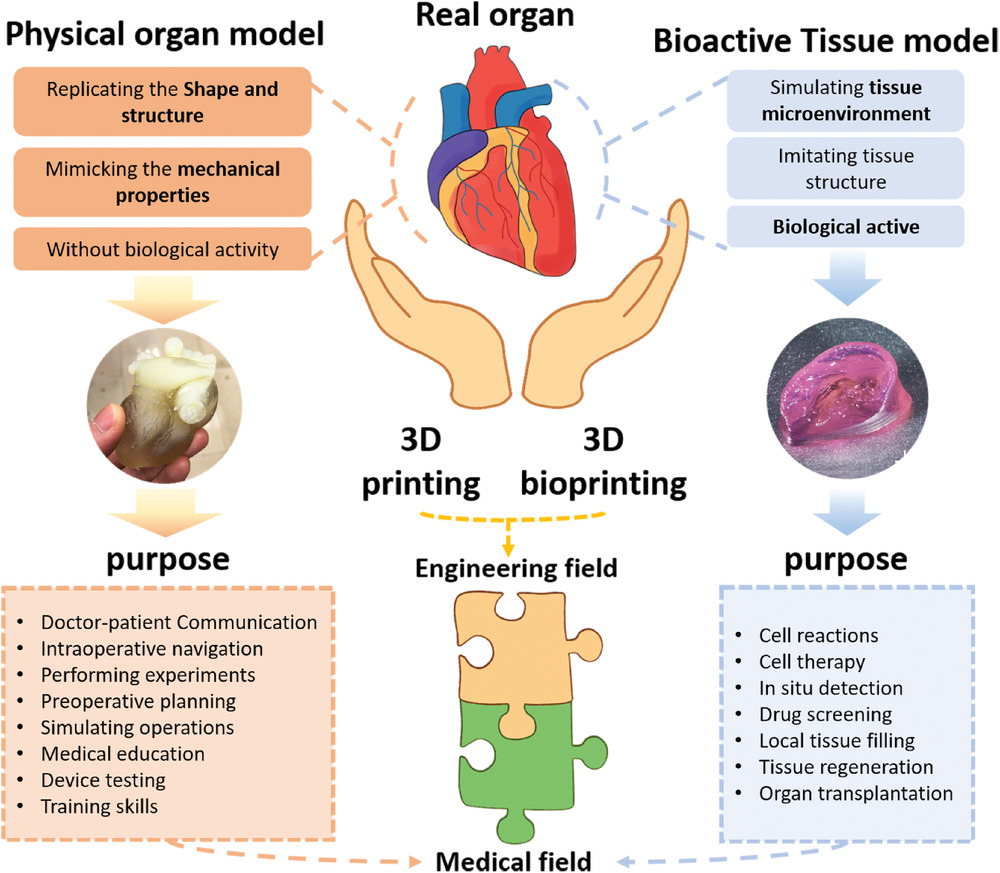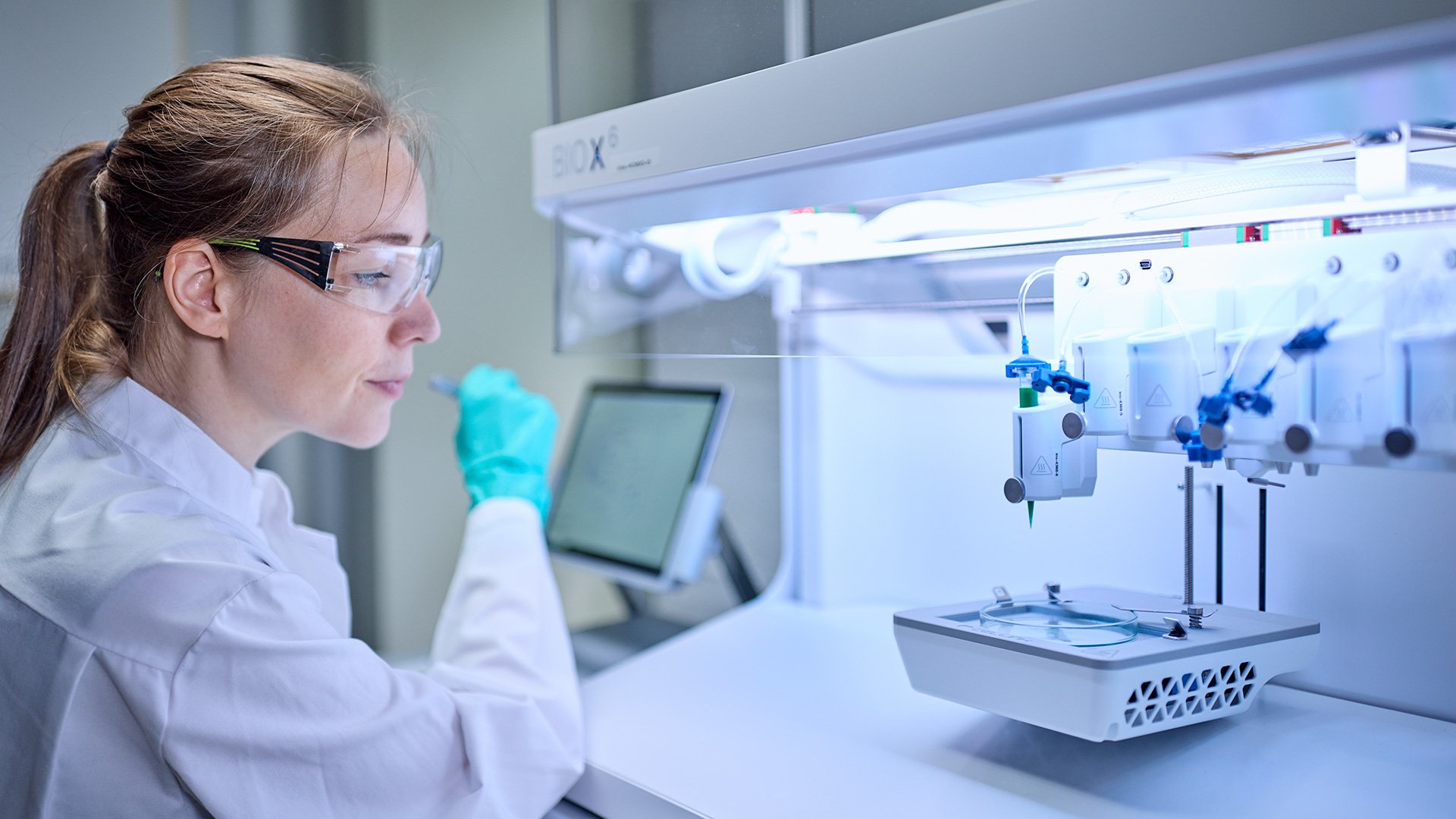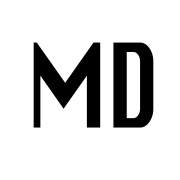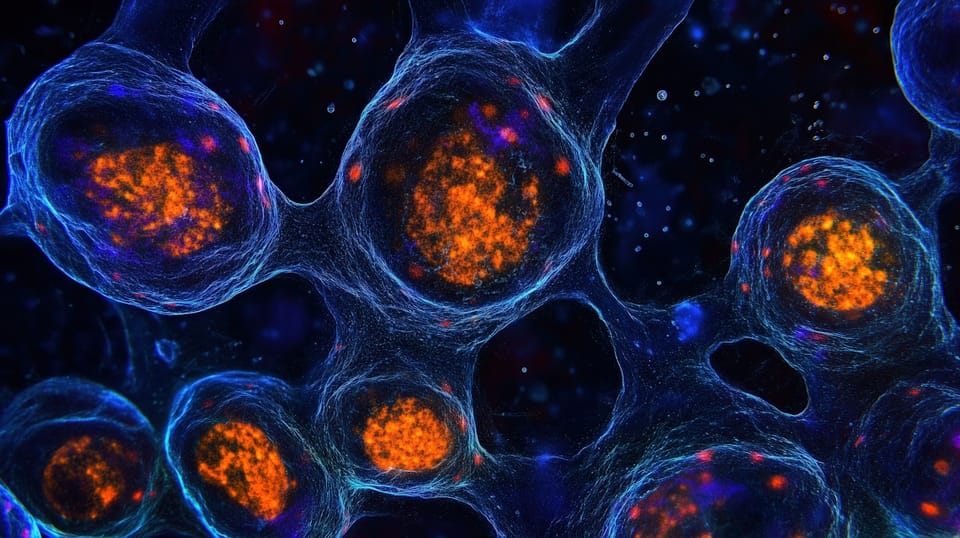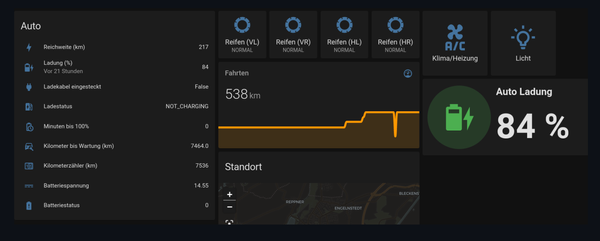The Future of Medicine is Here: Printing Organs and Targeting Cells Like Never Before, Understanding 3D Printing
Table of Content
Imagine walking into a hospital, and instead of waiting months—or even years—for a donor organ, doctors simply "print" one for you. Or picture tiny invisible warriors traveling through your bloodstream, delivering medicine directly to the cells that need it while leaving the rest untouched. Sounds like something out of a sci-fi movie, right?
Well, welcome to 2025—where science fiction is becoming science fact.
Meet the Game-Changers: 3D Bioprinting and Nanomedicine
Let’s break it down in simple terms. Picture this: A printer, but instead of ink, it uses living cells and materials to build things like tissues, bones, and even entire organs. That’s 3D bioprinting.
Now, combine that with nanomedicine, which involves using microscopic particles—so small they’re invisible to the naked eye—to deliver medicine or repair damage inside your body. Together, these two technologies are rewriting the rules of healthcare.
What Can These Technologies Actually Do?
1. Growing Your Own Replacement Parts
Say goodbye to organ transplant waiting lists. With 3D bioprinting, scientists can now create organs like kidneys, livers, and even hearts using a patient’s own cells. This means no more rejection issues because the organ is made from your biology.
It’s like giving your body a custom-made spare part. Need a new ear? Print it. Need a bone graft? Done.
2. Tiny Helpers Fighting Big Problems
Nanomedicine takes things to a whole new level by working at the tiniest scale. Imagine nanoparticles as microscopic delivery trucks. They can carry medicine straight to where it’s needed—like cancer cells—and release it only when they arrive. This means chemotherapy without the nausea, fatigue, or hair loss. Instead of blasting the whole body with drugs, we can target just the bad guys.
3. Fixing the Unfixable
Broken bones? Surgeons can design and print custom scaffolds that perfectly match your anatomy, helping your body heal faster. Missing cartilage? Scientists are working on printing replacements that feel and function just like the real thing.
And in the lab, researchers are growing “mini-organs” (called organoids) to test treatments before they’re used on patients. It’s like having a practice run for your treatment plan.
Why These Technologies Are a Match Made in Science Heaven
When you combine 3D bioprinting with nanomedicine, magic happens. For example:
Smart Implants:
Imagine a 3D-printed piece of bone infused with nanoparticles that release antibiotics or growth factors over time. Not only does it fit perfectly, but it also helps prevent infections and speeds up recovery.
Personalized Cancer Care:
Doctors could print a replica of a tumor in the lab and use nanoparticles to test different drug combinations on it. This way, they can figure out exactly what works best for you before starting treatment.
Revolutionizing Drug Testing:
Instead of testing drugs on animals or humans, scientists are creating miniature versions of organs to study diseases and treatments. It’s faster, safer, and more ethical.
What Does This Mean for the Future?
The future of healthcare is all about customization. Instead of generic treatments, these technologies allow doctors to tailor everything—from organs to medications—to each person’s unique needs. Chronic illnesses could become manageable nuisances instead of life-altering conditions. Organ shortages could disappear entirely. And treatments could be so precise that side effects might become a thing of the past.
But here’s the coolest part: We’re not talking about some distant future. These technologies are already being tested and used in labs and hospitals around the world. In the next decade, they’ll move from experimental to mainstream, changing how we think about health and healing forever.
Buckle Up: The Future Is Closer Than You Think
We’re standing on the edge of a healthcare revolution. From printing organs to targeting diseases with microscopic precision, these technologies are transforming medicine into something truly personal and powerful. The days of one-size-fits-all treatments are numbered. Instead, we’re heading toward a world where every patient gets a solution designed just for them.
So, whether you’re a tech enthusiast, a curious reader, or someone who just wants better healthcare options, keep an eye on 3D bioprinting and nanomedicine. Trust us—they’re going to change your life in ways you never imagined.
Resources
